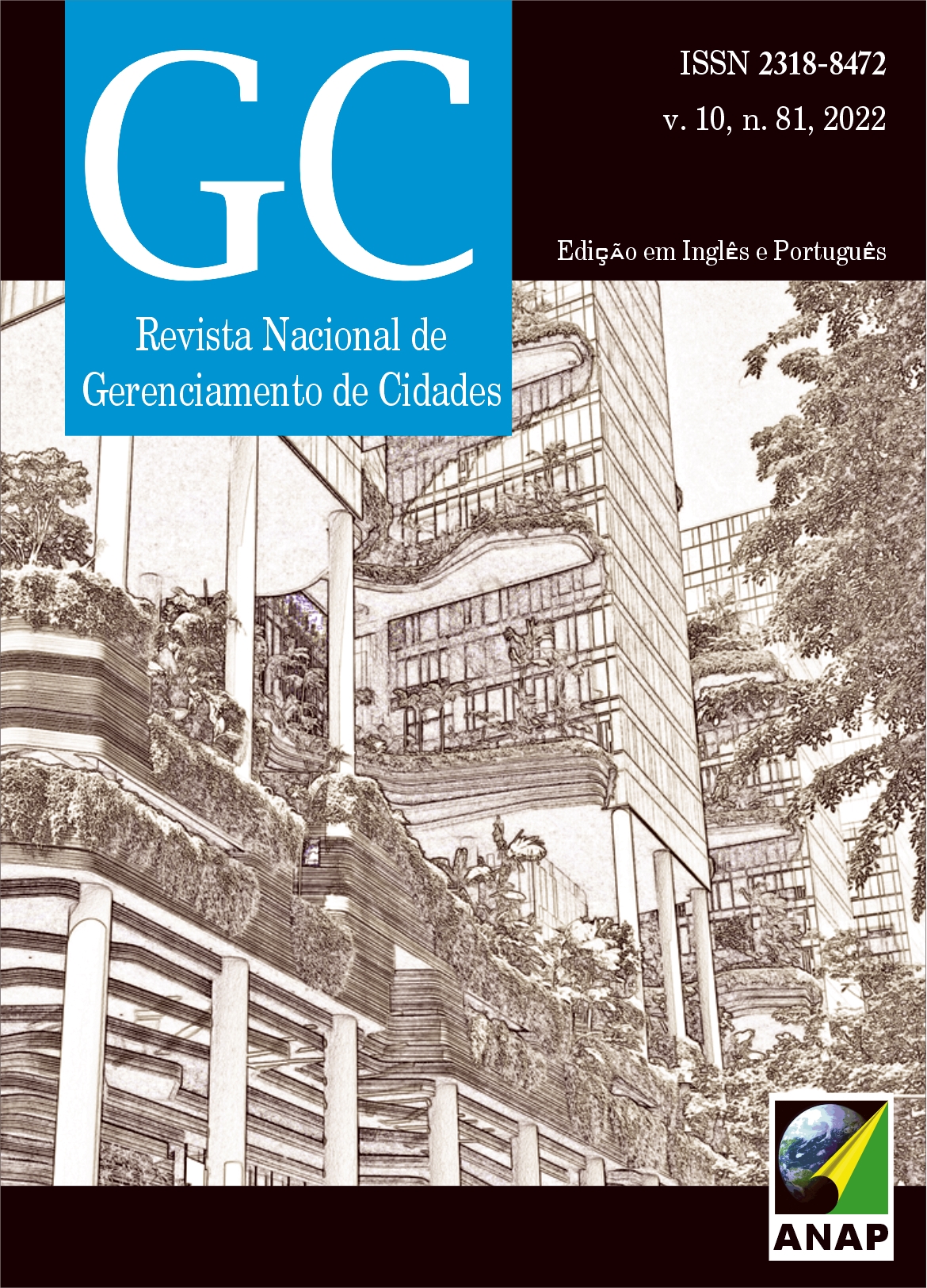Transcultural Landscapes: Public Space and Bioclimatic Architecture
DOI:
https://doi.org/10.17271/23188472108120223350Palavras-chave:
Transcultural Landscapes. Public Space. Bioclimatic Architecture.Resumo
Objectives: To analyze Transcultural Landscapes defined by Public Space and Bioclimatic Architecture of African Brazilians and Indigenous Cultures. Indigenous architecture from native ethnic groups added to Africans who came to the country as slaves. Such Brazilian tropical architecture is characterized by moving away not only from the usual constructive methods, but also from a characteristic of western culture of aggressiveness towards nature. Theoretical approach: Architecture as Landscape, Place and Sustainable Development. Discussion: Conforming Architecture to socioeconomic and environmental issues to conform buildings to sustainability. Theoretical / methodological contributions: Architecture comes from ecological conditions resulting from the natural context (Biophilia). Place as a fundamental concept for the study of geography, linking it to Cultural Landscape in which culture is the agent, the natural area is the environment, and the Cultural Landscape is the result. Cultural Landscape concept was adopted by UNESCO in 1992 and incorporated as a new typology of recognition of cultural assets according to the 1972 Convention, which established the World Heritage List. Social and environmental contributions: Changing the Urban Paradigm through micro-prototypes implanted in the favela Morro do Palácio, in Niterói/RJ from the perspective of Technological Innovations and Experiments with New Materials, Processes, and Tools, as goals of the LAPALU (Transcultural Laboratory of Landscape and Place), PPGAU/UFF/CNPq. Conclusion: Teaching the Project of Architecture and its Social Innovation at the Brazilian Federal University.
Downloads
Publicado
Edição
Seção
Licença

Este trabalho está licenciado sob uma licença Creative Commons Attribution-NonCommercial-ShareAlike 4.0 International License.















